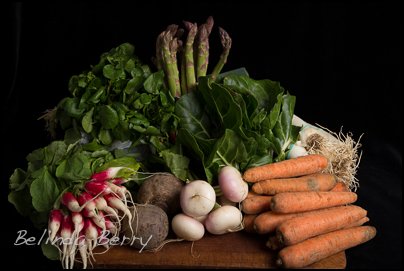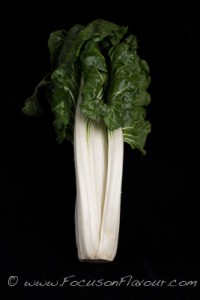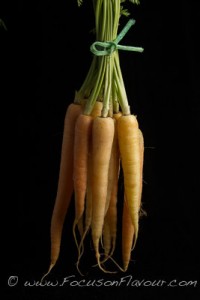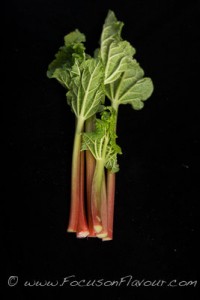Following on from a post on the 5:2 Intermittent Fasting Diet group on Facebook about slow losers, I thought it would be helpful to share some suggestions for those who are following 5:2 but get stuck without losing any weight for 4 weeks or more.
Provided you are actually managing to do 2 fast days a week of under 500/600 calories, and you really do have some weight to lose – well there are lots of things that you can do to make a difference.
In general, we aren’t overweight because we don’t eat enough (though not eating enough on a regular basis may confound our attempts to lose). Fast days will help us to cut back – maybe enough to stop us gaining any more, but for some of us, not enough to make a noticeable difference to weight loss.
Intermittent Fasting is excellent at helping you to burn dangerous visceral fat, so that at least should be shifting, as your body transfers resources to more easy to access locations. So you may realise that you are changing shape, even if the scales don’t budge.
You may be happy enough with the long term health benefits to continue with little or no weight loss, and that is absolutely fine. But if you are frustrated enough to want to change things, then here are my suggestions (in no particular order, pick whatever appeals to you):
- Option 1. Add in an extra fast day. Try 4:3 for a couple of weeks and see if it makes the difference. That may be enough to kick start the process again, so then go back to 5:2. You may learn through doing this that non fast days are your problem and that you need to cut back, just a little, on your portion sizes or particular types of foods in future.
- Option 2. Mindful eating. Consider what you are going to eat before you put it in your mouth. So much of what we do is habit and nothing to do with appetite or hunger. So much of what we eat isn’t really food! Close the fridge/cupboard door again and come back later. Leave some on the plate. Put less on your plate in the first place. Mindful shopping is a good adjunct to this – if you don’t buy it in the first place, it won’t be there to tempt you. Planning ahead so that you have a week’s worth of well thought out menus to choose from before you go shopping can really help too. With mindful eating, if you think about it, really want it, and are hungry, then go ahead and eat – but stop before you are full. Eat slowly enough so that your fullness sensor has a chance to detect that you have eaten!
- Option 3. Portion control. Using the hand guide to portion sizes can be a simple way to limit your intake, especially of things like pasta and other starchy carbs. No more than a fistful of those. See the graphic for more info.
- Option 3. Start tracking. Track everything that you are eating and drinking for a week or two – it can be really illuminating, showing you where you eat those little extra things that are really high in sugar, or just generally high in calories. Once you have a handle on what you are really having, you can target things to cut back on.
- Option 4. Cut back on non fast days**. We may be shocked to discover how little we really need to stay the same weight, and gaining weight slowly over the years, is testament to that. Check your sedentary TDEE – If it is the average of about 2000 for a woman, then fast days alone will give a 3000 calorie deficit (we need to drop 3500 calories or so to lose a pound, as a rough guide). But you need to not exceed your TDEE on the others! It can be helpful to vary your intake, so some days can be lean and mean, and others can be more indulgent. ** Please note, I say cut back (to normal), not calorie restrict as you would with other diets. Intermittent Fasting requires that you refuel properly on non-fast days and eat normal amounts, which gives a good contrast to fast days and help keep your metabolism working normally.
- Option 5. Avoid snacking. Make your 2 or 3 meals a day truly satisfying and nutritionally sound, so that you don’t need to top up between meals or afterwards. Snacks are often calorie dense and nutritionally poor, so ditching them can save lots of potential excess and leave room for adding some extra deliciousness to your meals – have a starter course instead of crisps, have a dessert instead of reaching for the sweets and so on.
- Option 6. Cut out added sugar. Lots of prepared and packaged foods have hidden sugar that we really don’t need. If you make your own sauces, dressings, desserts and so on, you can easily avoid the unnecessary extras. Don’t be tempted to substitute with non-nutritive sweeteners, or even natural alternatives; it is better to let your palate become accustomed to less sweetness. Fruit is naturally sweet. Vanilla, Cinnamon and other spices can enhance the natural sweetness in our foods. Lots of root vegetables are naturally sweet too and the more you stay away from sugar, the more you will notice and appreciate them.
- Option 7. Ditch highly refined foods. Refined foods like white rice, white pasta, white flour, white sugar and anything made from them, not only rack up your carb intake and spike your blood sugar, but for lots of people they cause bloating, inflammation and water retention. Cutting back on these sources of carbs can help enormously. Don’t be tempted to cut back on carbs too far, they are a much needed source of energy and you will end up feeling tired and cranky if you go too low. Aim for mostly low GI carbs and go for whole grains, pulses, vegetables and fruits.
- Option 8. Ditch processed and packaged foods. Go for fresh, seasonal, local and home-made whenever possible. You will know that what you eat is full of good ingredients and you can add liberal amounts of love while preparing your meal. Read the labels! Long lists of ingredients and unpronounceable names are a warning sign. Not all ready meals or packages are bad, but many of them make up for poor ingredients and short cuts with additives and fillers, plus ingredients and techniques to extend the shelf life, that rob the food of its intrinsic qualities. Home-made doesn’t have to be time-consuming or expensive. Remember that 2 days a week you are eating less anyway, so your shopping bill should be lower and give you a bit of leeway for buying fresh, organic, good quality food and supporting local producers.
- Option 9. Ditch the low fat and light products. It may seem counter-intuitive, but fat is not the enemy. Fat helps to add flavour, texture and satiety to many foods and lowers the glycemic load of carbs when eaten together. Better to eat a small amount of the real thing than something that has been modified with fillers, flavourings and sugar to make up for what has been removed. Yes, fat has a high calorific value, with 1 tsp of oil coming in at 40 calories, but there are plenty of techniques to help you make the most of using just a little. Use a little strong cheese, such as parmesan, some real butter, flavourful olive oil, rich seed oils, full fat greek yogurt and so on to enable your body to benefit from fat-soluble vitamins.
- Option 10. Add Activity. Exercise alone is not a good way to lose weight, but as an addition to your Intermittent Fasting regime, it will make you feel good, boost your metabolism, firm up your flab, help you get into fat burning mode on a fast day and may stave off hunger. Many of us have found that a small amount of weight loss has made us feel a whole lot more enthusiastic about various exercise activities. So go for it! Do be aware that starting a new activity may temporarily increase your weight, as your muscles retain water to repair and grow. Stick with it and you will get the benefits.
I hope this has given you some ideas to encourage you to stick with fasting and to realise that maybe just a small tweak here and there may be all that is needed to make the difference between staying the same and seeing the scales going down…
This may seem more like following a ‘diet’ for a bit I guess, but the way I look at it, this is a way of eating, something you are going to follow for the rest of your life, so you may as well make some small, permanent changes that you can really live with, that will give you the results you want – and enable you to look and feel good.






